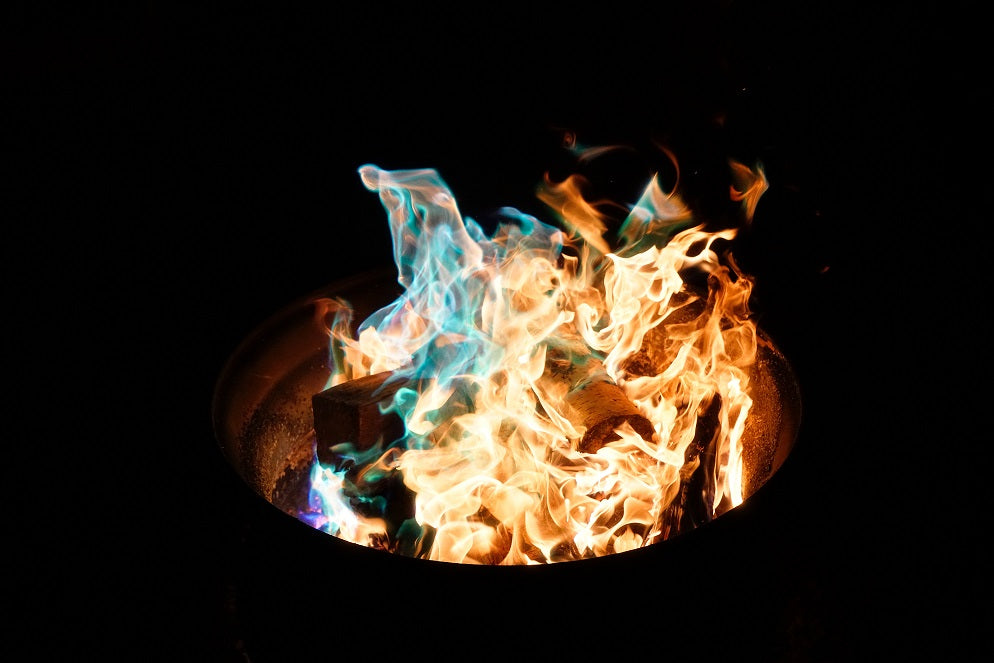Heat Treatment: Simplest Solution to Body Pain
Pain is something that people can get used to as they get older. They say it is a sign of aging. The pain, discomfort,...
A Guide for Veteran’s Pain: Pain Management for Our Elders
Altered Physiology of Peripheral & Central Pain Mechanisms Aging can be a frightful experience, with all the changes that the body goes through. This is...

